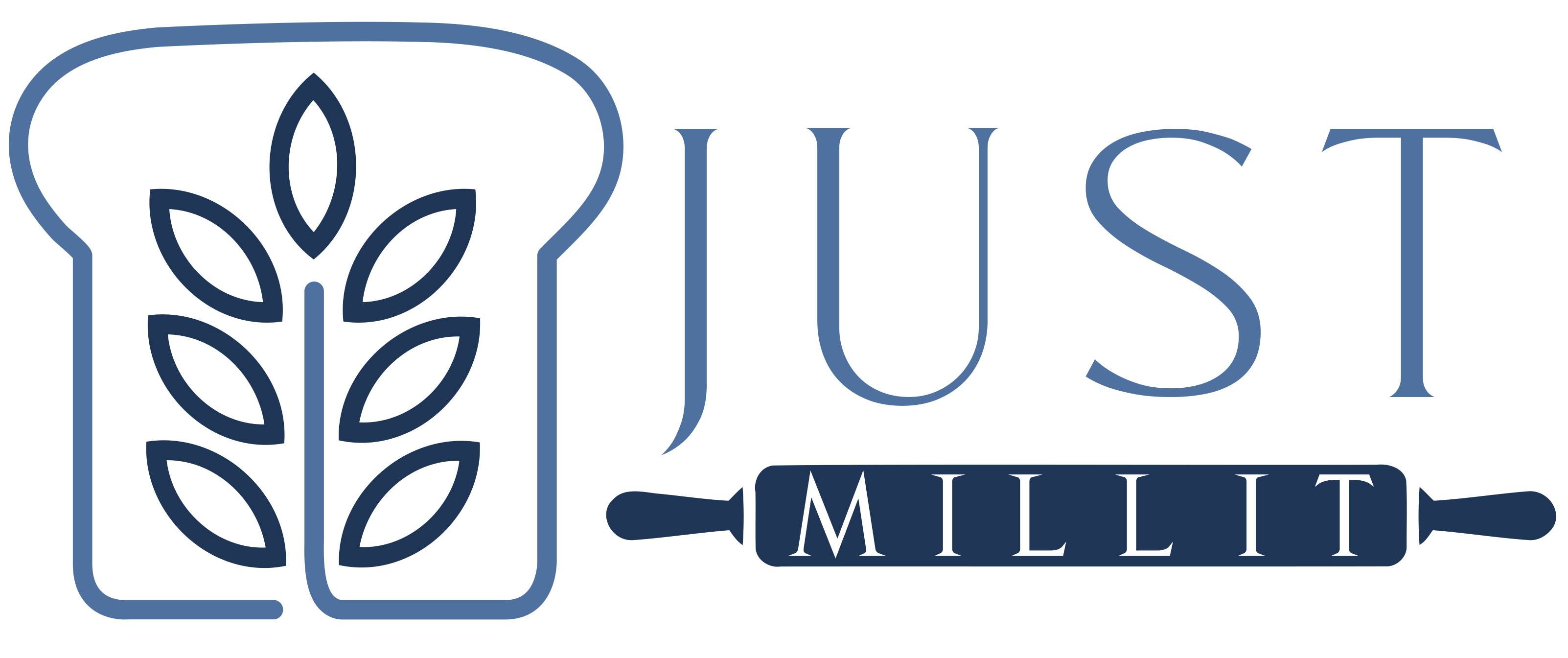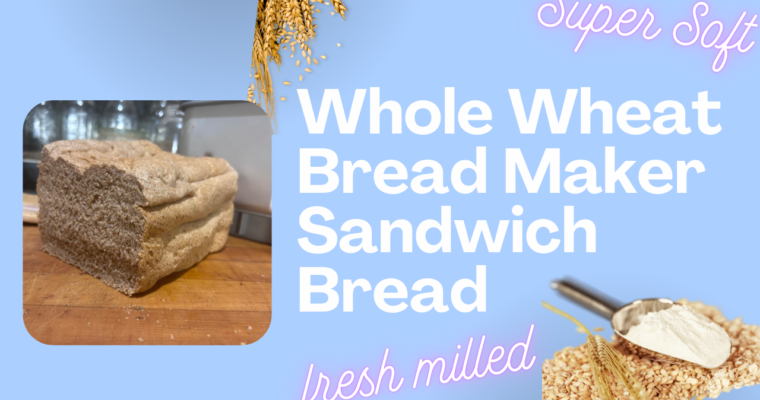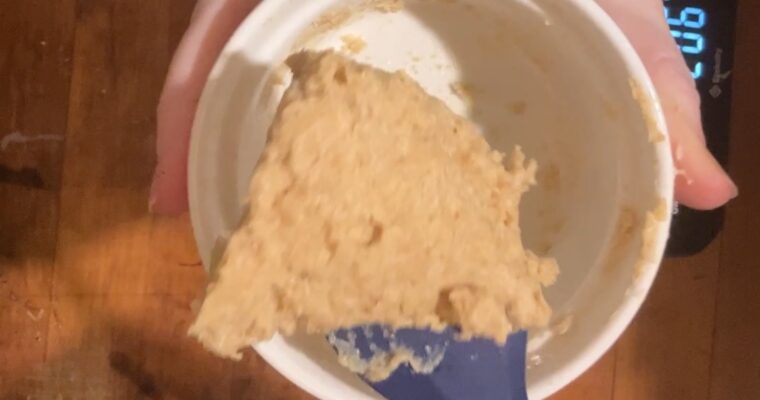Tangzhong vs. yudane is something I see a lot. One makes fluffier rolls, bread, etc. Want the truth, or to even know what these things are? You’re in the right place.
What are Tangzhong and Yudane?
They are BOTH known as “water roux”, or a paste made from a mixture of flour and boiling water. Why would we want to mix these together for bread? Good question! When we mix flour with boiling water, something awesome happens – gelatinization of the starches. This is cool because it’s what allows your spaghetti to swell during cooking (and soften), and it’s what allows your bread to remain moist and soft for several days after baking. It also releases some sugar, which can result in a naturally sweeter bread without adding extra sugar.
Tangzhong vs. Yudane: the differences
Two things are different between these two water roux mixtures: the ratio of flour to boiling water, and the method of making the paste. Tangzhong uses a ratio of 1 part flour to 5 parts boiling water. Yudane uses a ratio of 1 part flour to 2 parts boiling water. Both methods use weight, meaning you’ll need a scale for best results. Tangzhong is cooked down on the stove until the mixture forms a pudding-like consistency, while yudane is formed by boiling the water first and quickly mixing it with flour. Simply put, yudane is quicker and easier to make than tangzhong.
Tangzhong vs. Yudane: Which is Better?
That, my friend, is a trick question! It’s only a matter of preference. Which one do I prefer? Yudane, hands down, due to being quicker and easier to make. I need simplicity in the kitchen, and yudane allows for that.
Dr. Mel’s No Wait, Quick Yudane Method
It gets even better! Remember how I said both methods require the cooling of the paste before you can use it in your bread? Well, the science geek that I am, I knew I could add that paste into the liquid from my bread IMMEDIATELY, and just carry on with the bread making process. This is why almost all the bread recipes on this site use this no wait, quick yudane method.
How to Convert a Bread Recipe to Yudane
If you want to add this method to your favorite bread recipe, just calculate 10% of the flour. You can do this by moving the decimal one place to the left, or use a calculator. Let’s pretend your favorite bread recipe uses 500 grams of flour.
500 x 0.1 = 50 gramsWe would use 50 grams of yudane in that recipe. Now to calculate the flour and the water:
50 / 3 = 17 grams flour
17 x 2 = 35 grams boiling waterWe can round up safely to make this easier. 20 grams of flour and 60 grams of boiling water will make you a very nice bread using this technique. It’s part of why I start with 10%, and just round up.
Yudane and Tangzhong Alternatives
Do yudane and tangzhong still seem too complicated or scary? I get it! I didn’t give it a try for a long time until my friend Rob Ross shared his beautiful loaves, and how soft and wonderful they were. Do you have leftover oatmeal or hot cereal from breakfast? How about cooked rice or mashed potatoes? If you have any of these, they could be used in your bread instead of yudane or tangzhong. Consider adding 1/3 cup of these to the liquid in your bread recipe, and carry on. If using cooked rice, it should be pulverized in the liquid from your recipe using an emulsion blender so you don’t have large bits of rice in your bread.
Tangzhong vs. Yudane: Conclusion
In my opinion the winner is absolutely Yudane because of it’s quick and easy method. That said, if you’re using tangzhong please don’t be offended by my preference. In our Facebook group, I focus on educating folks on WHY certain recipes behave the way they do, and how to change them up to fit your needs in your kitchen. It’s totally not a personal attack – I love you all!
So the next time you see a recipe that uses yudane or tangzhong, you can try making it as is or you can use what you learned here to substitute for what you like to use – and carry on! It’ll turn out, and I bet you’ll be even more thrilled about the results of your adventurousness.
I truly enjoy helping others on their bread making journey – but most of all I enjoy helping folks use whole grains and fresh milled flour to live a healthier and happier life. You can help me by joining my mailing list, and by following me on social media. Clicking those follow or subscribe links may SEEM like nothing, but they are a LOT to folks like me. So THANK YOU!



